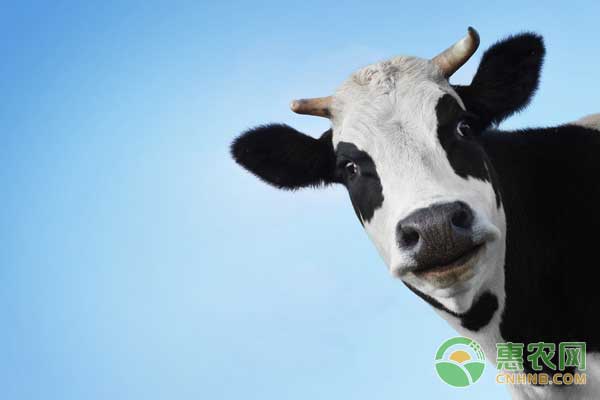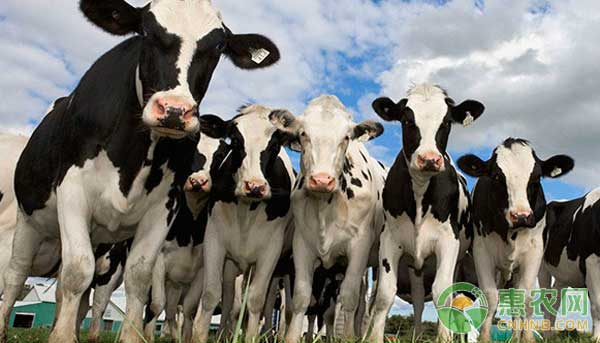Bovine rot disease occurs not only in cattle but also in sheep, as this disease occurs mostly in ruminants. Bovine rot disease refers to the body's action during the growth of the body caused by the action of Fusarium oxysporum and Bacteroides. If not treated promptly, death will occur.
First, the cause of bovine rot disease
The disease is highly contagious, so it is necessary to effectively grasp the cause of the disease. According to the research data, the cause mainly includes two aspects: First, there are many problems in the management of edible feed. The imbalance of the distribution of calcium and phosphorus in the feed causes the livestock to eat the grass, which will cause problems in the growth of the horns; or the lack of speciality in the distribution of the feed, so that a large amount of stones and other debris enter the feed. , causing damage to the body of the animal. At the same time, the animal husbandry living in the livestock environment is poor, often in a humid environment, causing the hoof to suffer corrosion, and some tissues will soften. The second is the disease caused by pathogenic bacteria, especially Bacteroides. The pathogen belongs to the primary pathogen of the disease and is usually parasitic in the body tissues of the livestock. The long-term existence causes inflammation to the hooves of the livestock, and the interaction with the necrotic Fusarium bacterium causes the disease of the cattle and sheep.

Second, the symptoms of bovine rot disease
The clinical symptoms of bovine rot disease are mainly manifested as: sick animals often lie on the ground, their body load is large and difficult to support effectively when standing, and they often have a certain amount of lameness when walking. The skin between the toes often shows redness and swelling, and there will be certain ulcers and secretion of some substances. At the same time, the horny tissue part of the diseased animal hoof often appears black. Sick animals often feel pain when they are stressed. Under the action of germs, the stratum corneum of the hoof will have a certain degree of dissolution and softening. In severe cases, hyperplasia, sudden increase in body temperature, loss of appetite, inability to stand, and rapid weight loss may occur. At this time, the diseased area was excised and observed, and there was a certain odorous sewage flowing out from the affected part while the wound surface was enlarged, and there was a very obvious ulcer surface. When the condition of the sick animal is very serious, the whole hoof will be red and swollen, and there is strong pain when the pressure is applied.
Third, the prevention and treatment of cattle rot disease
1. Prevention of the disease
When farmers raise livestock such as sheep and cattle, they need to strengthen their feed in order to effectively avoid the disease. The scientific method is used to control the proportion of calcium and phosphorus in the feed, and then they need to live in it. The breeding house conducts regular ventilation treatment and timely cleans and washes the feces and debris on the ground to keep the floor clean and dry. If it is due to some hoof inflammation caused by the primary pathogens in the body, it needs to be treated accordingly with drugs. The hoof can be cleaned with a dose of about 20% of the zinc sulphate solution, and it is also necessary to use a copper sulphate solution dose of about 10% per week for cleaning. If there is a certain degree of redness or ulceration in the hoof, the wound can be treated, and the affected area is filled with a cotton sheet containing sulfonate. Alternatively, penicillin can be used to clean the affected area, and then the wound is treated with the drug.
2, the treatment of mild diseased animals suffering from the disease
For the symptoms with mild symptoms, it is necessary to use copper sulfate solution every day, and the hoof tissue cleaning dose is about 10%. If the hard part of the affected area is plunged, it is necessary to remove the foreign matter before performing subsequent cleaning. deal with. If the skin of the affected area appears to have a severe degree of ulceration, it is necessary to use a potassium permanganate solution dose of about 0.5% to clean the affected area, or the effect of the sodium water cleaning is better. If you have mild symptoms, you only need to clean the sick animal once to restore your health. If the wound of a sick animal is shallow, blood can be used to fill the affected area, and then the substance is melted using a soldering iron, so that it can be combined with the horny tissue of the hoof. If the wound is deeper, it needs to be layered, and the wound is treated with a red-hot soldering iron. Then, the affected area is bandaged to prevent the affected area from coming into contact with water. Regularly check the effects of the affected area.

3. Treatment methods for sick animals with more serious symptoms
At this point, it can be cleaned with sulphuric acid. Before the treatment, the rot tissue of the affected area is cleaned, and then the wound is enlarged accordingly, and then the hoof and the surrounding skin tissue are washed correspondingly with a dose of about 15% of the carbonic acid solution. After the cleaning, you can use stone carbonate to wipe the wound surface and surrounding tissues to promote the disease as soon as possible.
The incidence of bovine rot disease in cattle is high, and it will greatly affect the growth and development of livestock after the disease. Therefore, farmers need to do the corresponding disease prevention and treatment measures in time.
Antibiotic raw materials List : Antibiotics has a very important role, is the higher animals and plants in the process of our daily life against pathogens or other low-level metabolites, antibiotics can interfere with the other living cells function of chemicals, we human clinical use of antibiotics from the extract of microbial culture medium, Then there are chemical compounds. Antibiotics can inhibit cell wall synthesis, enhance cell membrane permeability, interfere with protein synthesis, and inhibit bacterial nucleic acid replication and transcription. Our main antibiotic products are:tofacitinib citrate,Tofacitinib Citrate,Propafenone hydrochloride,thyroid,Isatis indigotica fort Extract,Fusidic acid,kitasamycin,Mexidol hydrochloride,Loteprednol etabonate,DienogestGemfibrozil,Marbofloxacin,Secnidazole,Secnidazole.
Antibiotic raw materials List,Fusidic Acid Powder, Kitasamycin for Sale,Buy Online Kitasamycin,Mexidol Hydrochloride for Sale
Xi'an Henrikang Biotech Co.,Ltd , https://www.xianhenrikangbio.com